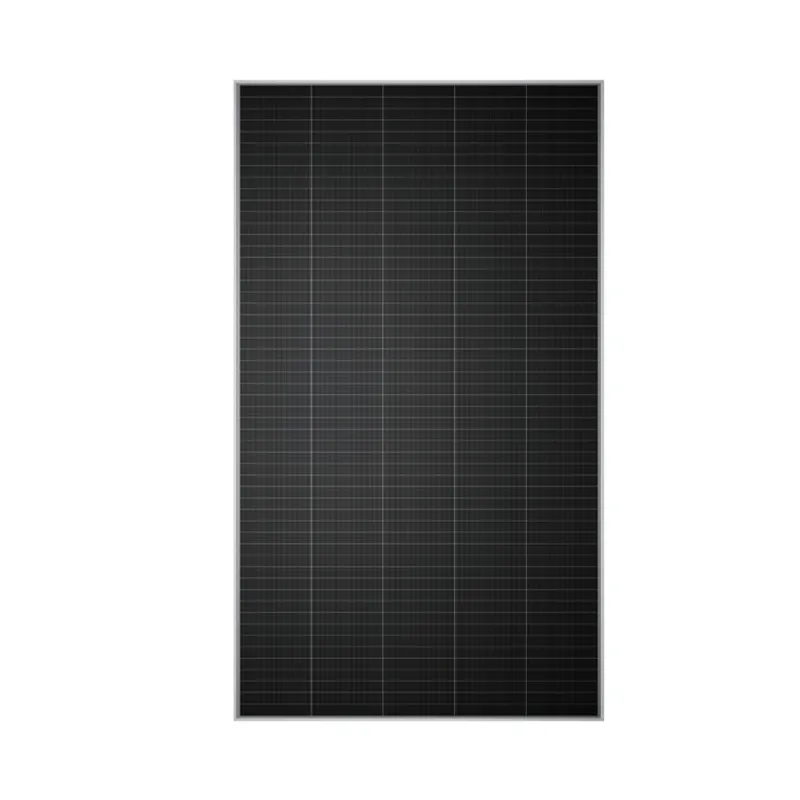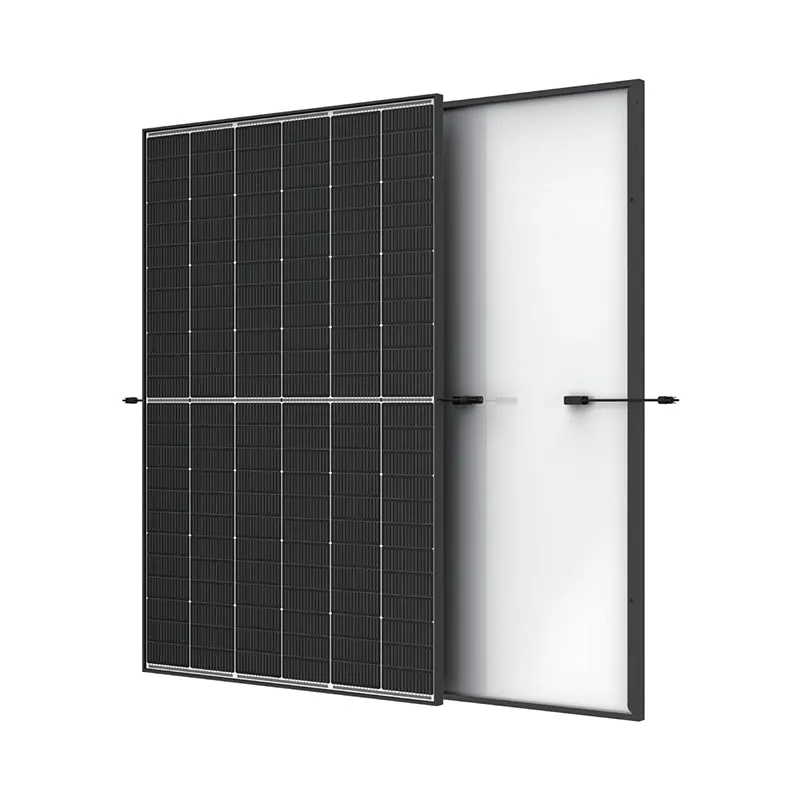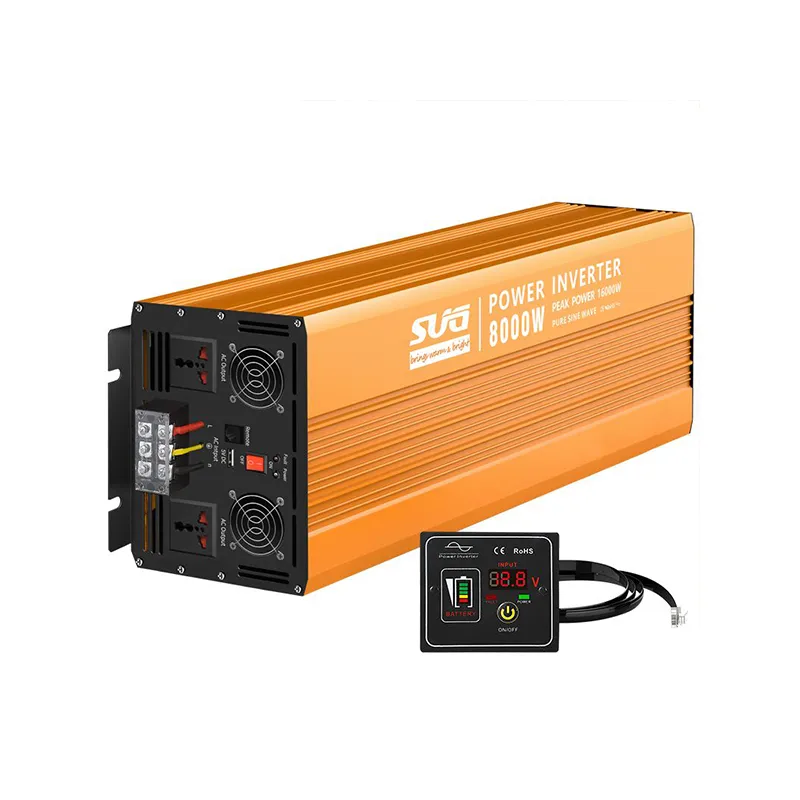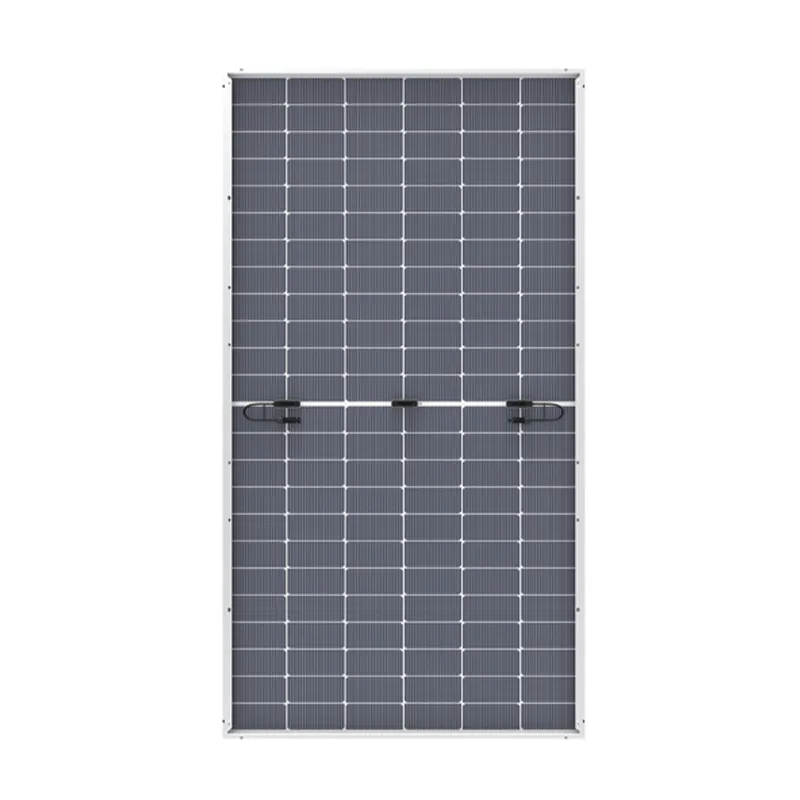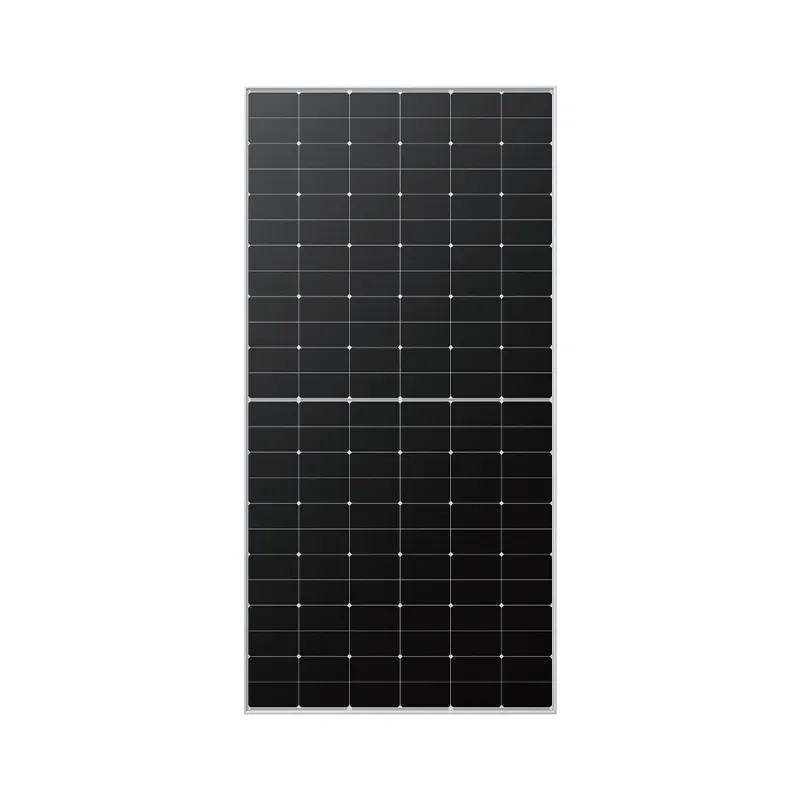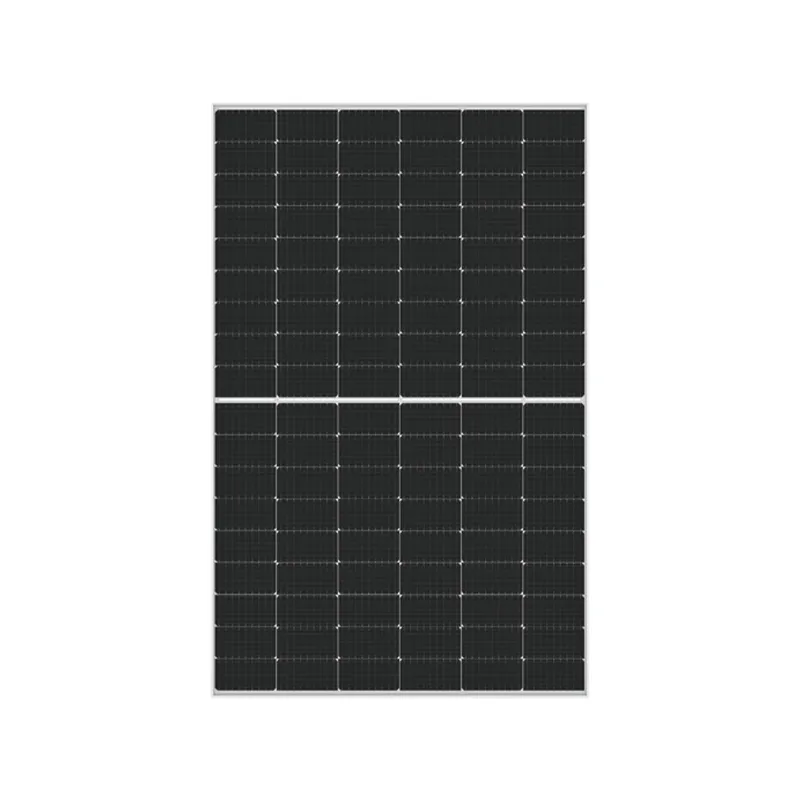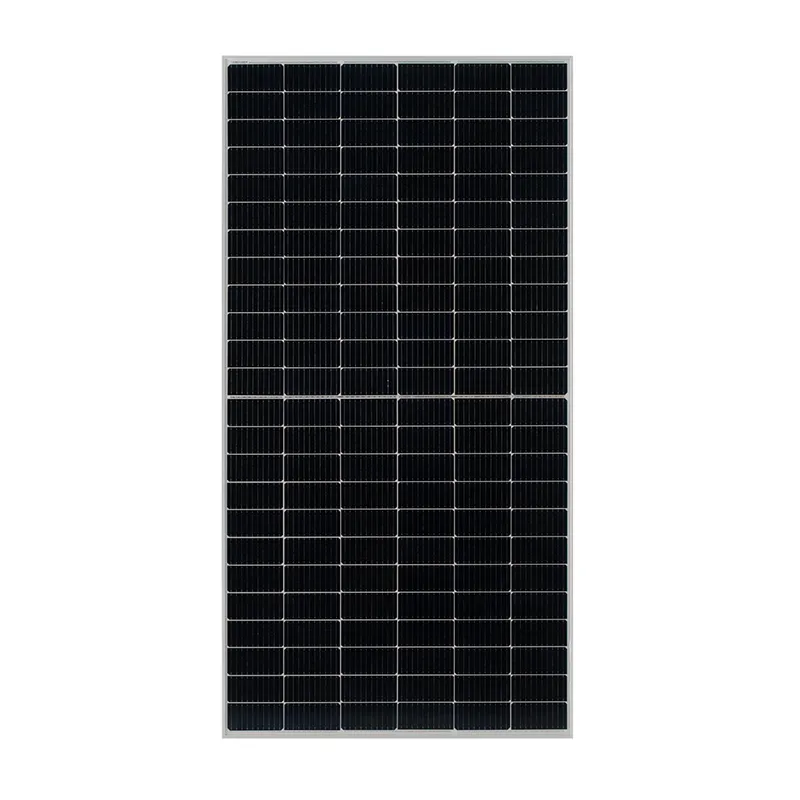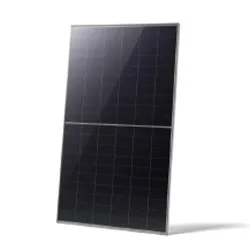High-Efficiency Mono Bifacial Solar Panel – Reliable Bifacial Mono PERC & N-Type Solutions
- Introduction to Mono Bifacial Solar Panels
- Technological Advantages and Performance Data
- Comparing Leading Manufacturers
- Customization Possibilities and Integration
- Application Scenarios and Case Studies
- Cost Analysis and Market Trends
- Conclusion: The Rising Impact of Mono Bifacial Solar Panel Technology
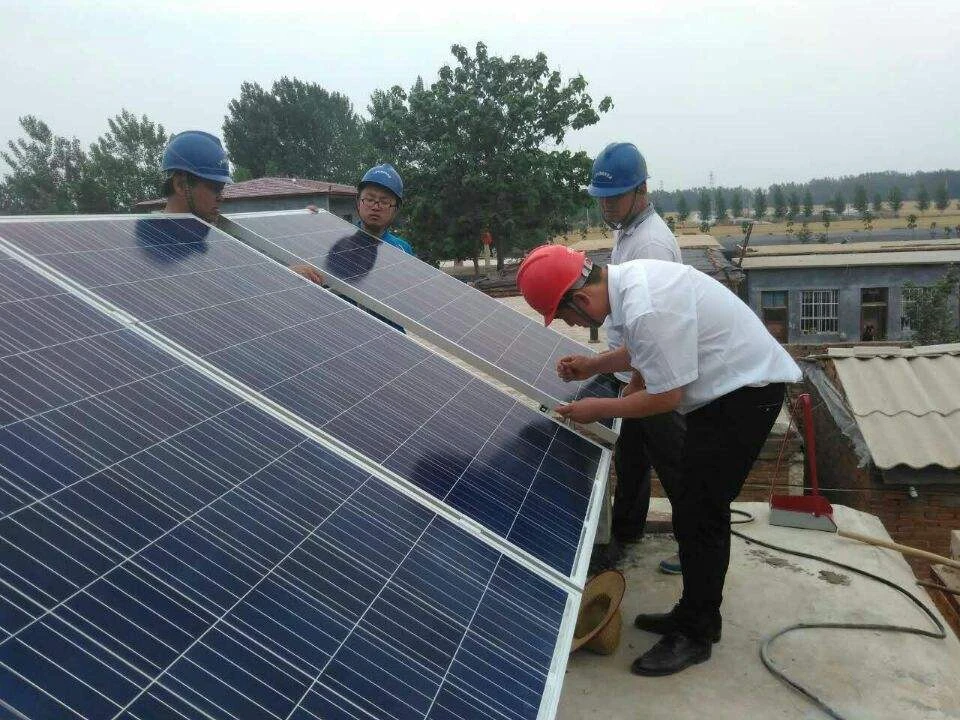
(mono bifacial solar panel)
Introduction to Mono Bifacial Solar Panel Solutions
Mono bifacial solar panel technology has catalyzed a transformation in the solar industry by blending high-efficiency monocrystalline silicon cells with the capacity to absorb sunlight from both the front and rear surfaces. Unlike conventional monofacial modules, which collect energy solely from the front, bifacial mono solar panels generate additional power by harvesting reflected and diffused sunlight from surrounding surfaces. This impressive leap in photovoltaic performance positions them as a strategic choice for utility-scale power plants, commercial installations, and advanced residential projects.
As the global demand for sustainable energy accelerates, the adoption of mono perc bifacial solar panel solutions has gained considerable momentum. Market reports indicate that the global installation of bifacial modules surpassed 20 GW in 2023 alone, with an anticipated compound annual growth rate of 28% through 2027. These numbers reflect a heightened preference among investors and developers who prioritize levelized cost of energy (LCOE) reductions, extended module lifespan, and compatibility with diverse environmental conditions.
In this article, we explore the technical progression, performance milestones, comparative manufacturer data, custom solutions, practical application cases, and the evolving price dynamics that surround mono bifacial solar panel
innovation.
Technology Breakthroughs and Performance Benefits
The architecture of mono bifacial solar panels integrates monocrystalline cells in a double-glass or transparent backsheet format. This allows light penetration to the rear side, where additional photons contribute to energy generation. The core technologies driving performance are passivated emitter and rear cell (PERC) structures, selective emitter designs, and n-type doping. These innovations resolve common issues such as light-induced degradation and ultra-violet resistance, ensuring long-term reliability.
Field tests demonstrate that bifacial panels yield 5-30% higher energy output compared to similar monofacial modules, depending on site albedo (reflectivity) and mounting configuration. For example, large-scale plants using mono perc bifacial n type solar panel systems in desert environments have achieved average bifacial gains of 21%. Beyond pure power advantages, bifacial technology also diminishes the temperature coefficient, which mitigates heat-induced efficiency loss.
Detailed analysis of localized energy yield—supported by data from the International Energy Agency—indicates that the average annual energy output of a 545 W bifacial monocrystalline module can reach up to 785 kWh/kWp in optimal conditions.
Leading Manufacturer Comparison: Quality and Specifications
As mono bifacial modules gain mainstream acceptance, numerous manufacturers compete to deliver superior quality, competitive pricing, and tailor-made product lines. The following table summarizes key performance indicators for some of the top global brands in this segment, benchmarked on power output, efficiency, power tolerance, degradation rate, and warranty.
| Manufacturer | Model | Power Output (W) | Module Efficiency (%) | Power Tolerance (%) | Degradation (First Year/Annual %) | Performance Warranty (Years) | Price (USD/W) |
|---|---|---|---|---|---|---|---|
| Longi Solar | Hi-MO 5m | 540-560 | 21.3 | 0~+5 | 2 / 0.45 | 30 | 0.23-0.26 |
| JinkoSolar | Tiger Neo | 555-575 | 22.0 | 0~+3 | 1 / 0.40 | 30 | 0.24-0.27 |
| Trina Solar | Vertex S | 535-550 | 21.0 | 0~+5 | 2 / 0.45 | 30 | 0.22-0.25 |
| JA Solar | DeepBlue 3.0 | 540-555 | 21.2 | 0~+3 | 1 / 0.45 | 30 | 0.23-0.26 |
| REC Group | Alpha Pure-R | 570-590 | 22.3 | 0~+5 | 1 / 0.25 | 30 | 0.29-0.32 |
Differences in mono perc bifacial solar panel price are primarily associated with the use of n-type wafers, the encapsulation method, and the scope of the performance warranty. Premium models, such as those integrating advanced n-type technology, typically command a higher price range but offer an extended low-degradation yield over their service life.
Customization and System Integration of Bifacial Mono Solar Panel Arrays
Mono bifacial panels are increasingly proliferating in customized applications, moving beyond standardized commercial installations. Customization now addresses project-specific requirements, such as optimizing module dimensions to fit unconventional rooftops, pre-configuring mounting holes for bespoke tracker compatibility, and integrating smart bypass diodes to mitigate shading effects.
For system designers, the opportunity to adjust string voltages and interconnect layouts is vital for maximizing bifacial gain. Some manufacturers offer optional anti-soiling coatings, factory-integrated micro-inverters, and composite frames for lighter installations. Bulk project orders can specify the utilization of n-type bifacial cell architectures, which not only improve the bifaciality factor (often above 85%) but significantly reduce long-term LCOE.
Integrated bifacial systems with tracker mounting—notably in large field arrays—report up to 35% more energy yield compared to traditional fixed-tilt monofacial systems. Such optimization is crucial for remote or high-dust environments, where the rear-side generation compensates for front-side soiling loss.
Application Cases: Commercial, Utility, and Unique Installations
Real-world deployment of bifacial mono solar panel technology reveals a diverse spectrum of applications, each characterized by unique environmental and operational requirements. In utility-scale solar farms, bifacial installations in Spain and Chile have documented bifacial gains consistently above 17%, attributed to the bright ground surface and high solar angles.
In the commercial sector, rooftop units paired with light-colored membranes or concrete reflectors have improved annual energy harvest by 12% compared to monofacial peers. A prominent case is the 8.5 MW rooftop project in southern Germany completed in 2022, where mono perc bifacial modules enabled a 13.6% increase in output over the site baseline.
For unique projects—such as solar noise barriers along highways, transparent architectural canopies, and agrivoltaic farms—bifacial technology unlocks energy production without spatial compromise. For instance, dual-use solar greenhouses equipped with n-type bifacial modules reported a 15% uplift in generation, while maintaining adequate light transmission for crop cultivation.
Mono Perc Bifacial Solar Panel Price Analysis and Market Insights
The pricing landscape for bifacial mono crystalline panels has shifted rapidly due to economies of scale and advancements in manufacturing processes. Average mono perc bifacial solar panel price in 2024 is estimated at $0.23 to $0.32 per watt for large-scale procurement, moderately higher than standard PERC monofacial equivalents ($0.18–0.22/W). This marginal premium is justified by superior performance, extended warranties (up to 30 years), and the additional power yield.
Market analytics predict that as n-type bifacial cell adoption becomes denser, price differences will further erode, eventually reaching parity with traditional mono PERC by 2026. Meanwhile, government incentives in regions such as the USA, Middle East, and Southeast Asia continue to underpin demand and support stronger adoption curves.
When analyzing return on investment (ROI), the total cost of ownership for bifacial systems is up to 14% lower over 20 years, offsetting any initial material premium. For developers, this translates to faster payback periods and greater asset value retention.
Conclusion: The Future of Mono Bifacial Solar Panel Technology
In summary, the mono bifacial solar panel segment is redefining the standards of efficiency and application diversity within the renewable energy landscape. Delivering higher yields, greater durability, and increasing affordability, these modules are poised to occupy a dominant share of future photovoltaic installations.
With ongoing innovation in n-type cell technology, smarter integration solutions, and positive field performance data, mono bifacial solar panels remain a strategic avenue for investors, EPCs, and end-users striving for long-term sustainable energy production. As the industry continues its rapid evolution, comprehensive evaluation of technological, operational, and economic metrics will be key for unlocking optimal solar project success.
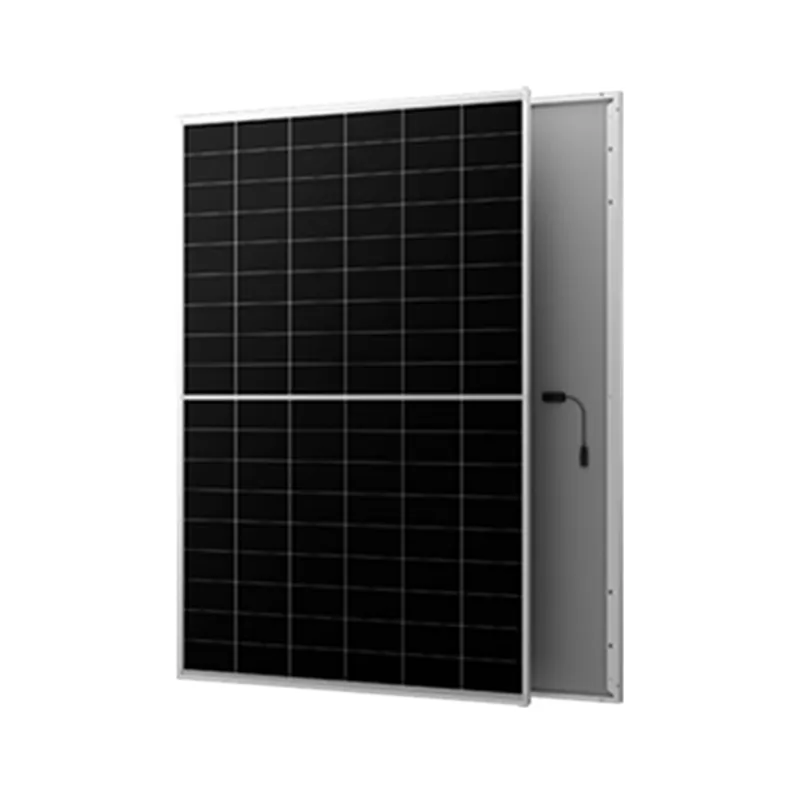
(mono bifacial solar panel)
FAQS on mono bifacial solar panel
Q: What is a mono bifacial solar panel?
A: A mono bifacial solar panel is a solar module that uses monocrystalline silicon cells and can generate power from both the front and rear sides. This enhances energy yield by capturing reflected sunlight. It is ideal for installations over light-reflective surfaces.Q: How does a bifacial mono solar panel differ from traditional solar panels?
A: Bifacial mono solar panels use monocrystalline cells and can absorb sunlight from both sides, unlike traditional panels that only use the front. This results in higher efficiency and greater energy production. They are often used in commercial and large-scale installations.Q: What is the current price range for mono perc bifacial solar panels?
A: The price of mono PERC bifacial solar panels typically ranges from $0.22 to $0.35 per watt as of 2024. Costs vary depending on manufacturer, wattage, and order quantity. Bulk purchases may receive discounted pricing.Q: What are the benefits of choosing a mono PERC bifacial N type solar panel?
A: Mono PERC bifacial N type solar panels offer higher efficiency, lower degradation, and enhanced bifacial gain compared to conventional panels. Their N-type cells perform better in low-light conditions and have a longer lifespan. This makes them suitable for high-performance solar projects.Q: Can mono bifacial solar panels be used for residential solar projects?
A: Yes, mono bifacial solar panels can be used in residential installations, especially where there is good ground reflectivity. They provide higher energy output compared to standard panels. Proper mounting systems are required to maximize rear-side exposure.-
Unlocking Energy Freedom with the Off Grid Solar InverterNewsJun.06,2025
-
Unlock More Solar Power with a High-Efficiency Bifacial Solar PanelNewsJun.06,2025
-
Power Your Future with High-Efficiency Monocrystalline Solar PanelsNewsJun.06,2025
-
Next-Gen Solar Power Starts with Micro Solar InvertersNewsJun.06,2025
-
Harnessing Peak Efficiency with the On Grid Solar InverterNewsJun.06,2025
-
Discover Unmatched Efficiency with the Latest String Solar InverterNewsJun.06,2025
